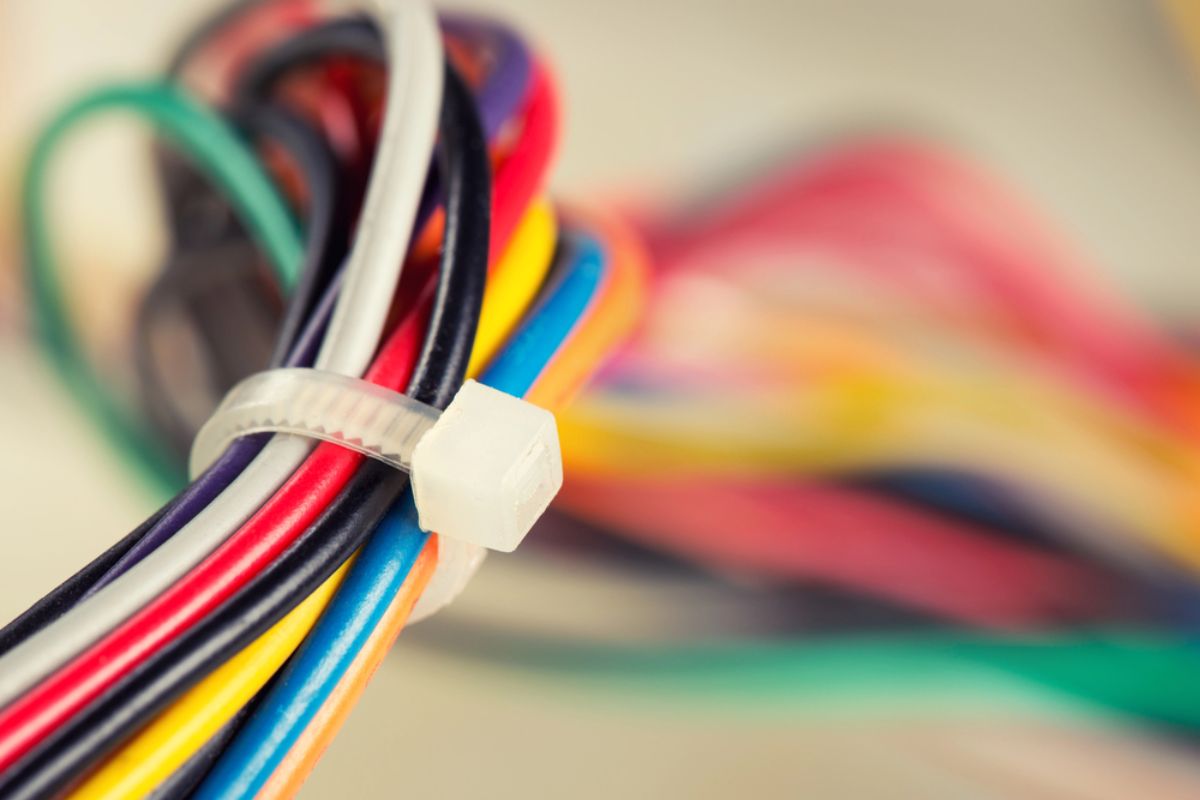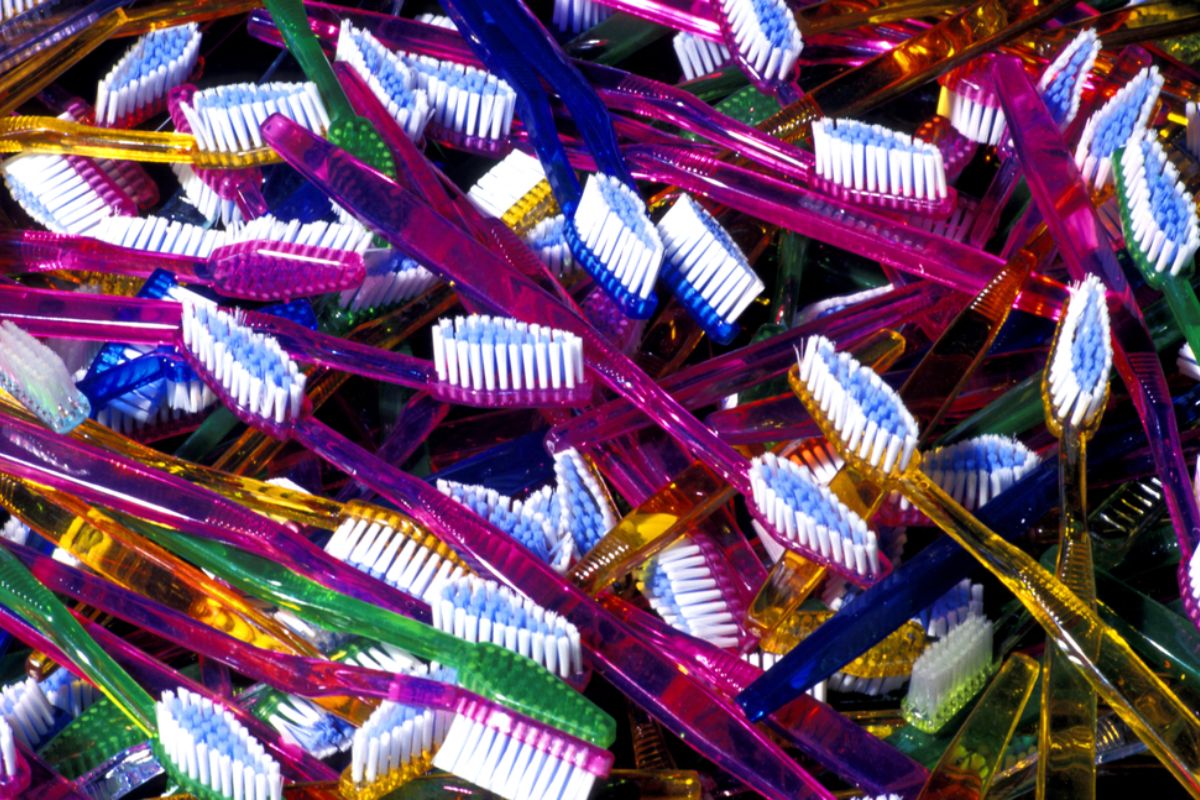April 26, 2024
Plastic Insert Molding vs Overmolding: Which Is Better?

Overview
- Plastic insertion molding is best for products with embedded material.
- Overmolding is ideal for products that need handles.
- Toothbrushes and screwdrivers are common products of the overmolding technique.
- You can reduce production costs with plastic insertion molding.
Plastic insert molding and overmolding are two common plastic injection techniques used in the manufacturing industry. They both combine plastic and other materials, each offering unique advantages and applications.
Understanding plastic insert molding vs overmolding is crucial to determining which method suits a specific production requirement best. This article delves into the distinction between the two, helping you make an informed decision on which technique is better suited for your manufacturing needs.

Plastic insert molding requires a pre-manufactured component. It involves injecting molten plastic into a metal insert. These inserts could be pins, blades, metal shanks of tools, and others.
In the simplest form, this process inserts the liquified plastic after putting the metal part into the molding. This technique is beneficial to products that need to embed materials.
Common products are the following:

Overmolding is one of the different types of injection molding processes. It is typically made with materials like Acrylonitrile Butadiene Styrene and Polypropylene. This method involves two stages.
The first stage molds the first part of the product and the second stage molds a softer material over it. This is the ideal processing for products that need handles.
The following are products overmolding is responsible for:
Manufacturers advise the use of plastic insertion molding based on your product design and purpose. It is ideal for products that need to embed metal and other material inserts.
It’s also the best method you can choose if you have an electrical wire component in your product. Furthermore, it’s a versatile technique, which you can use to make different products.
Considering the overmolding method requires much contemplation. Their purpose is different from the former technique. Their main focus is creating products with a sturdy grip to them so individuals can use them conveniently. This characteristic is essential for the construction and medical industry and the like.
Some of the benefits of overmolding are the following:
The discussion of insert molding vs overmolding typically arises at the start of your production journey. But you can also have a basic idea about it while you are designing your product. This is due to the fact these two methods cater to different product purposes.
To maximize your product’s purpose, partner with trusted plastic molders. Here at Richfields Corporation, we prioritize customer satisfaction by guiding them on their product journey. We are a team of experts with decades of experience, ensuring the good development of your product. Contact us today and let’s plan the right techniques for your vision.